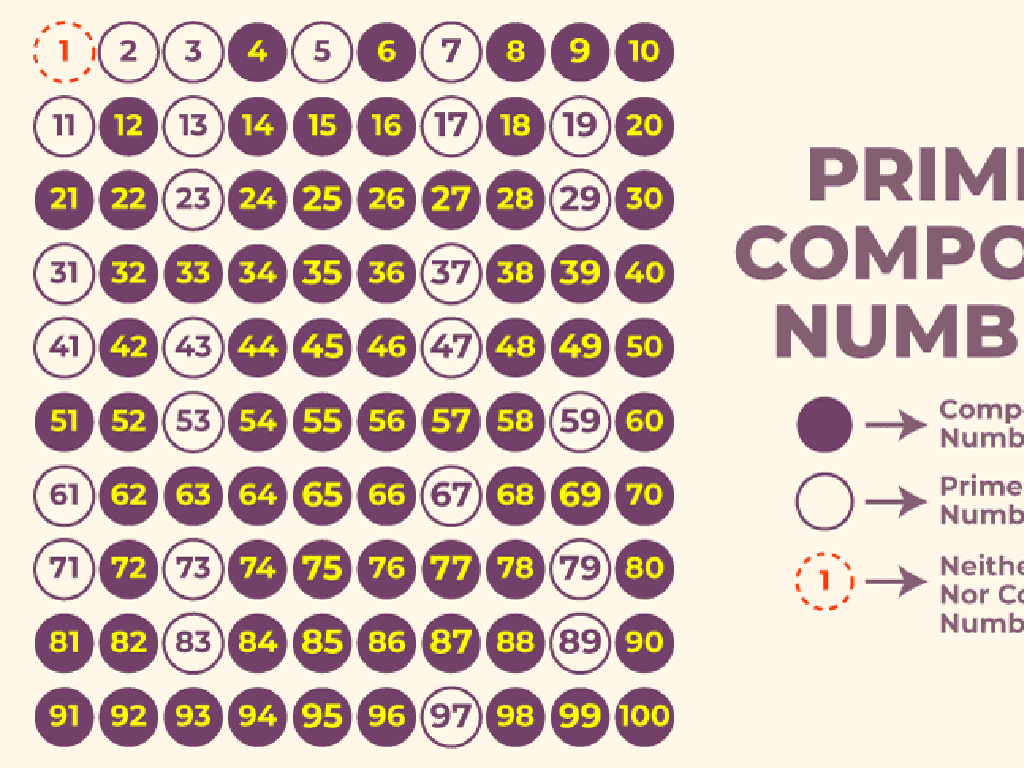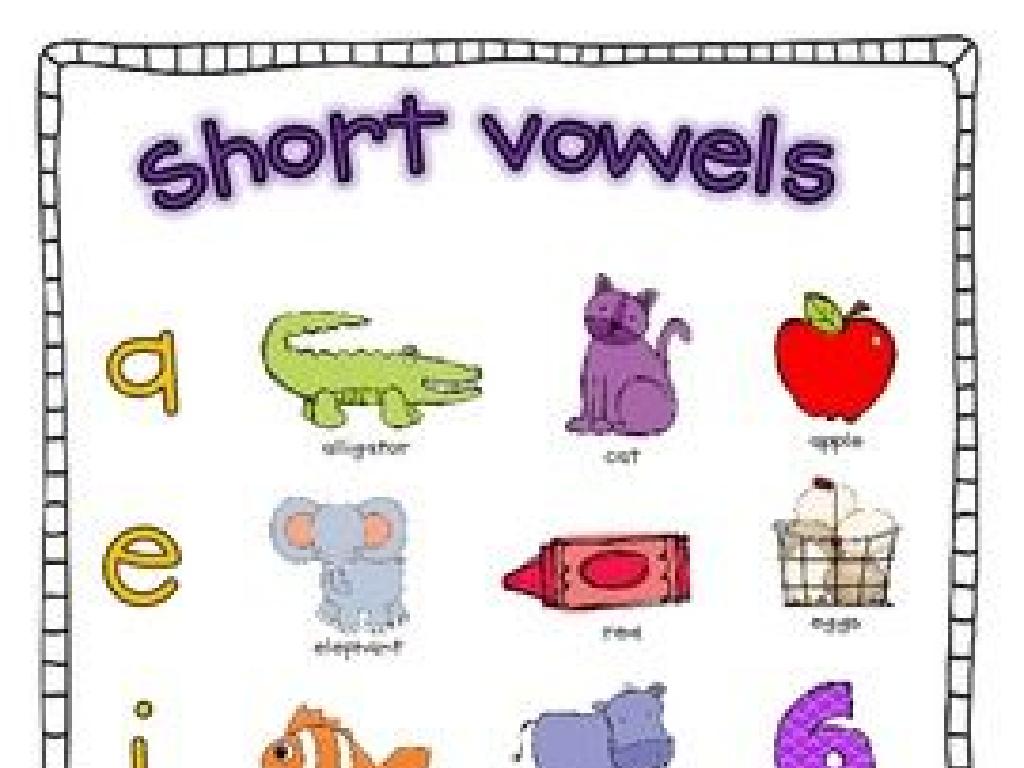Write Addition Sentences For Arrays - Sums To 25
Subject: Math
Grade: Second grade
Topic: Repeated Addition
Please LOG IN to download the presentation. Access is available to registered users only.
View More Content
Welcome to Repeated Addition!
– Greetings, young mathematicians!
– Repeated addition explained
– It’s like adding the same number over and over!
– Counting made quick and easy
– Instead of counting one by one, we add groups together.
– Practice with sums up to 25
– We’ll use arrays to add numbers like 5 + 5 + 5 until we reach 25.
|
Begin the class with a warm welcome to set a positive tone for the lesson. Introduce repeated addition as a concept that builds on their existing knowledge of basic addition. Explain that repeated addition is a faster way to add the same number several times, which is especially useful when dealing with larger quantities. Demonstrate how this method is more efficient than counting each item individually. Use visual aids like arrays to show groups of items being added together, and practice creating addition sentences that sum up to 25. This will help students grasp the concept of multiplication as repeated addition, preparing them for future math lessons. Encourage participation and provide examples with different numbers that add up to 25 to ensure understanding.
Understanding Arrays in Math
– What is an array?
– An array is a set of objects arranged in rows and columns.
– Arrays in daily life
– Examples: egg cartons, ice cube trays
– Rows and columns explained
– Rows go left to right; columns go up and down.
– Practice with sums to 25
– Add objects in arrays to make a total of 25.
|
This slide introduces the concept of arrays, which are an arrangement of objects in rows and columns. Explain that arrays are used to organize objects so they are easier to count or group. Show real-life examples like egg cartons (2×6 array) or ice cube trays to help students visualize. Clarify the difference between rows and columns. For practice, create arrays with different numbers of rows and columns and guide students to write addition sentences that sum up to 25. This will help them understand repeated addition as a foundation for multiplication.
Creating Addition Sentences from Arrays
– Writing sentences for arrays
– Example: 3 rows of 2 apples
– Visualize 3 rows with 2 apples each: 2 + 2 + 2 equals 6
– Practice with different arrays
– Let’s write sentences for arrays we create together
– Sum up to 25
– Ensure the total sum doesn’t exceed 25
|
This slide introduces students to the concept of writing addition sentences for arrays, which is a foundational skill in understanding multiplication. Start by explaining what an array is and how it can be represented with rows and columns. Use the example provided to show how to write an addition sentence for an array. Then, engage the class in an interactive activity where they create their own arrays with different items and write corresponding addition sentences, ensuring the total sum does not exceed 25. This will help them visualize and better understand the concept of repeated addition. Encourage students to use objects like counters or drawings to form arrays and write their addition sentences.
Let’s Practice: Array Addition Sentences
– Practice with interactive arrays
– Write your own addition sentences
– Use objects to form arrays and add them up
– Share your sentences with the class
– Explain your addition to classmates
– Sum up to 25 using arrays
– Remember, the total count should not exceed 25
|
This slide is for an interactive class activity focused on writing addition sentences using arrays. Begin by providing students with manipulatives or interactive tools to create their own arrays. Guide them to arrange objects in rows and columns, then write addition sentences that correspond to the arrays they’ve built. Encourage creativity but ensure the sums do not exceed 25. After writing their sentences, students will share with the class, explaining their thought process. This activity reinforces the concept of repeated addition and helps students visualize the process. Possible activities: 1) Using counters to create arrays on a grid, 2) Drawing arrays with crayons on paper, 3) Building arrays with blocks, 4) Using stickers in an array format on a chart, 5) Creating digital arrays using a tablet app.
Nature’s Arrays and Addition
– Spot arrays in our world
– Nature’s arrays: honeycombs
– Honeycombs are arrays of hexagons
– Egg cartons as arrays
– Egg cartons have rows and columns
– Write addition for these arrays
– Example: 3 rows of 5 eggs is 3+3+3+3+3
|
This slide aims to help students recognize arrays in the natural world and understand how to write addition sentences for them. Arrays are all around us, and nature provides some of the best examples, such as the hexagonal pattern in honeycombs or the organization of eggs in a carton. By seeing these everyday items as arrays, students can practice writing repeated addition sentences, such as adding the number of eggs in one row of an egg carton multiple times to find the total. Encourage students to find other examples of arrays at home or in nature and write addition sentences for them, reinforcing the concept of repeated addition with sums up to 25.
Game Time: Array Bingo!
– Play Array Bingo to learn
– Each spot has a different array
– Write addition sentences for arrays
– For example, a 3×4 array is 3+3+3+3
– Have fun and learn sums to 25
|
Array Bingo is a fun and interactive game to help students practice writing addition sentences for arrays with sums up to 25. Prepare bingo cards with different arrays on each spot beforehand. During the game, call out or display arrays, and students will identify the corresponding array on their bingo card and write the correct addition sentence. For example, if you show a 3×4 array, students should write ‘3+3+3+3’. This activity reinforces the concept of repeated addition and helps students visualize the process. Encourage students to check each other’s work for accuracy. Offer small prizes or extra credit points to make the game more exciting. This will help solidify their understanding of arrays and repeated addition in a fun, game-based setting.
Class Activity: Array Art!
– Create your own array art
– Use stickers or stamps for arrays
– Write addition sentences
– Example: 4 rows of 5 stickers is 4+4+4+4+4
– Sum up to 25
– Ensure your arrays add up to no more than 25
|
In this engaging class activity, students will create art using arrays to visually represent addition sentences. Provide students with stickers or stamps to create arrays on paper. Once they’ve made their arrays, guide them to write corresponding addition sentences. For example, if a student places 4 rows of 5 stickers, they would write ‘5+5+5+5=20’. Encourage creativity but also ensure they understand the concept of repeated addition and the arrays do not exceed a sum of 25. Possible variations of the activity could include using different numbers of rows and columns, using various stickers or stamps to represent different addends, or challenging students to find all possible arrays with a sum of 25.
Review and Homework: Arrays and Addition
– Recap: What is repeated addition?
– Repeated addition is adding the same number over and over
– Arrays: Organized groups of objects
– Like chairs in rows or egg cartons
– Homework: Discover an array at home
– Find objects arranged in rows and columns
– Write the addition sentence for it
– Count the rows, then add that number repeatedly
|
Today’s lesson focused on understanding arrays and how they relate to repeated addition. Arrays are a set of objects arranged in rows and columns, which can be used to simplify counting and addition. For homework, students are encouraged to find an array around their home, such as a pack of eggs or a set of cups on a shelf, and write an addition sentence that sums up to 25. This exercise will help reinforce today’s lesson by applying it to a real-world context. In the next class, ask students to share their findings and discuss any challenges they faced. This will provide an opportunity to address any misunderstandings and celebrate their successes.






